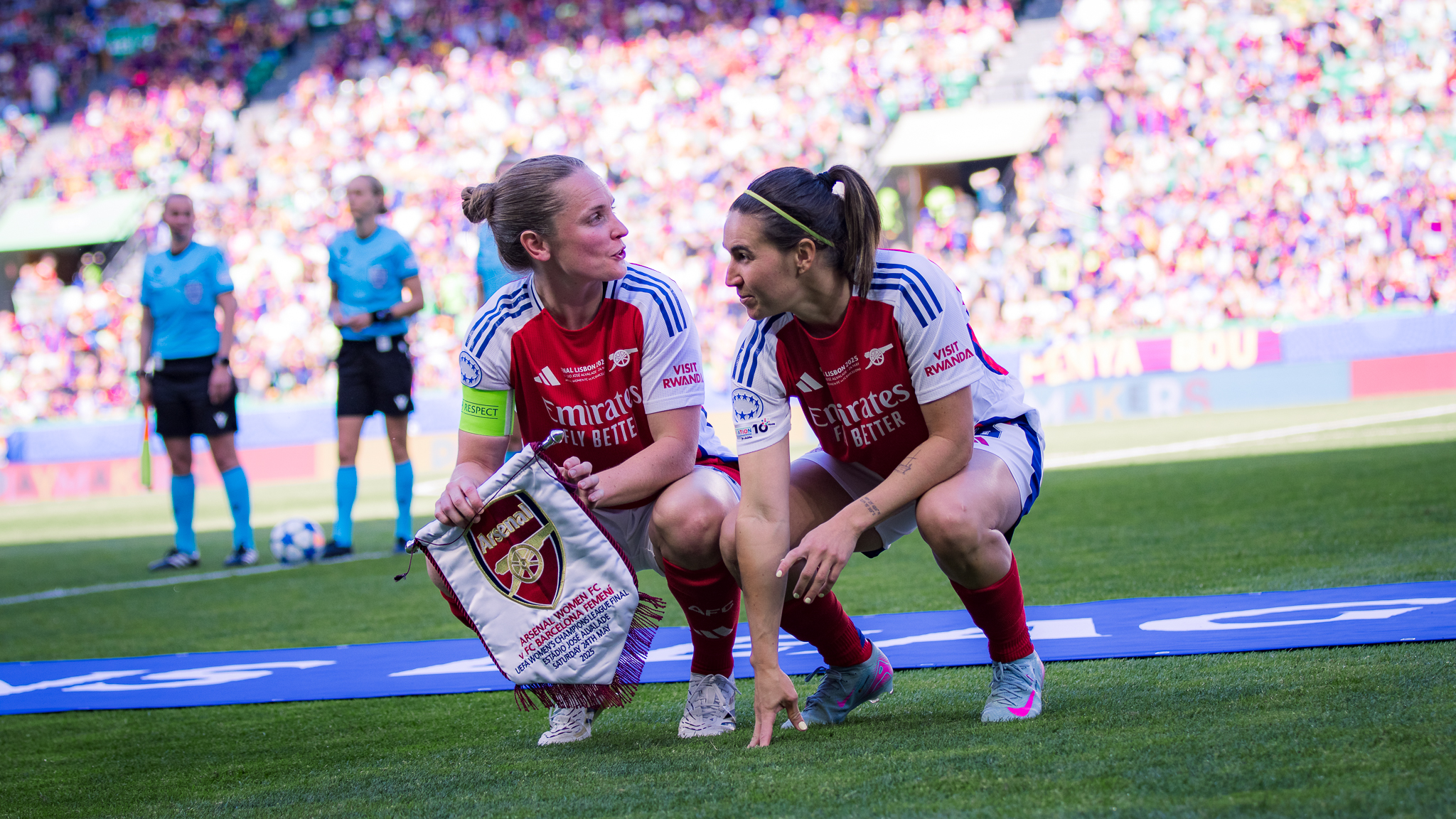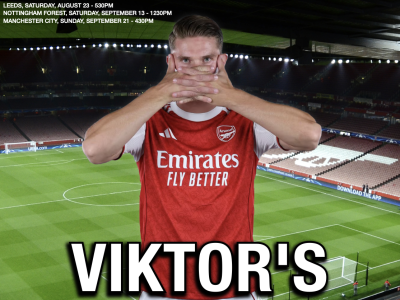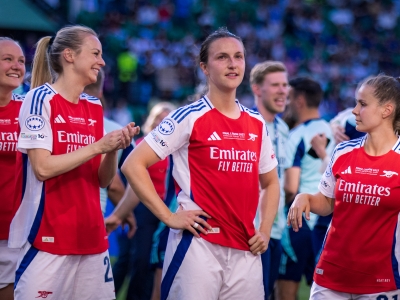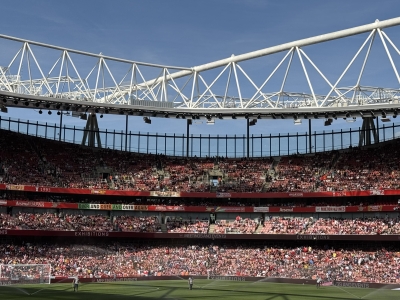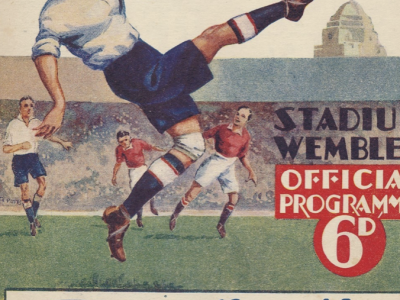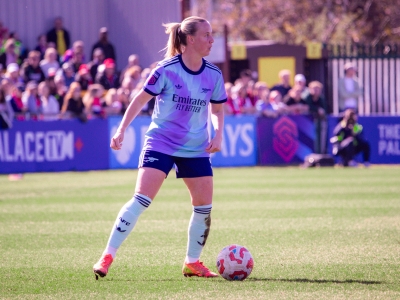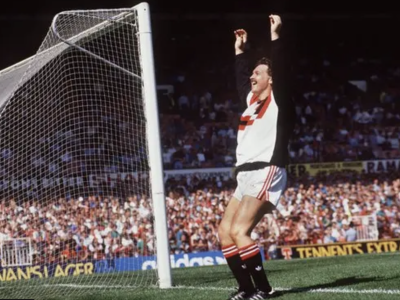Introduction
When analysing a manager’s system, the midfield often provides the clearest insights. This doesn’t mean it’s “more important” than attack or defence, only that it’s where ideas about control, creativity, and balance are most visible. For fans, analysts, and anyone following Arsenal under Renée Slegers, the midfield offers a starting point to understand how the team functions — and where it might evolve. Analysing the numbers and patterns from last season tells us what worked, what didn’t, and why certain players thrived under her system.
This piece is the first in a series that will break down each unit of the team, but starting with midfield provides the clearest lens into Slegers’ philosophy: how control, creativity, and balance intersect, and where evolution is likely as she gains room to experiment.
Core Partnerships
The numbers immediately reveal a pattern: Kim Little and Frida Maanum were non-negotiable. Arsenal’s midfield spine revolved around them, with either Lia Wälti (for control and defensive balance, particularly at the start of the season) or Mariona Caldentey (for creativity and attacking weight) completing the trio.
Trio appearances last season (under Renee Slegers):
Little, Wälti, Maanum – 8
Little, Caldentey, Maanum – 7
Cooney-Cross, Caldentey, Maanum – 6
Cooney-Cross, Wälti, Maanum – 3
Cooney-Cross, Little, Caldentey – 2
Cooney-Cross, Little, Russo – 2
Little, Wälti, Caldentey – 1Wälti, Caldentey, Maanum – 1
Cooney-Cross, Caldentey, Pelova – 1 (notably the 5-2 loss to Aston Villa)
Beyond the core, there was experimentation: Cooney-Cross appeared in seven different combinations, Pelova and Russo had brief cameos, but neither became central. This demonstrates Slegers’ approach: a stable spine with tactical flexibility introduced through rotation.
Injuries and Tactical Adjustments
Availability dictated many of these choices. Kim Little and Lia Wälti both endured injury spells, forcing Slegers to shuffle her midfield.
Kyra Cooney-Cross gained extended minutes in their absence, impressing in phases with slide tackles, ball-winning recoveries, and progressive passing.
Once Little returned and Mariona Caldentey was trialled deeper, she became indispensable. Her intelligence on the ball, ability to dictate tempo, and late runs into the box pushed Cooney-Cross down the pecking order, prompting criticism from some fans who viewed Slegers as overly conservative.
The reality is Slegers inherited a team that needed immediate results. Returning to the proven axis of Little–Maanum–Caldentey made Arsenal harder to beat — even if it curtailed rotation opportunities.
Player Profiles in System Context
Mariona Caldentey – Transitioned from wide forward to deeper midfield role, excelling in ball retention, pressing triggers, and converting possession into goals. With wide options now bolstered, she remains central.
Kim Little – Arsenal’s long-standing heartbeat. Though injuries and reduced goals have slowed her, she remains elite in game management. Her partnerships with Maanum and Caldentey defined Arsenal’s biggest nights (Lyon, Champions League final). Expect reduced minutes but undiminished influence.
Frida Maanum – Reliable creative fulcrum. Seven WSL goals, four CL goals, and crucial contributions in key matches cement her place. Arsenal tried alternatives at 10 before; with Maanum, it works.
Lia Wälti – Defensive stabiliser and rotational anchor. Injuries limited her appearances (10 CL, 18 WSL), but she remains one of Europe’s top 6s. She offers cover, protection of leads, and dressing room leadership.
Victoria Pelova – ACL disrupted her progression, but pre-injury she showed potential to dictate build-up and break lines. Her reintegration could reshape midfield hierarchy.
Kyra Cooney-Cross – Energetic and vertical, excelling in ball-winning transitions. Yet defensive positioning and trust in high-stakes matches limited her appearances. A full pre-season could transform cameo roles into consistent minutes.
Stability vs. Experimentation
Slegers’ midfield told two stories:
Stability: Core trios (Little–Wälti–Maanum and Little–Caldentey–Maanum) used 15 times.
Experimentation: Seven other trios deployed between one and six times — testing alternatives while balancing injuries and results.
This reflects her context: the pressure to win immediately while integrating new arrivals and coping with injuries.
Recruitment Considerations
Calls for a traditional 6 persist, but the market is limited. Sam Coffey is one option, but Arsenal already have Wälti and Cooney-Cross. It would take a high-quality addition like Patri Guijarro that could shift the balance, but otherwise, this midfield is deep, varied, and competitive.
Looking Ahead: Who Plays Next Season?
If the season started tomorrow:
Core XI: Little–Maanum–Caldentey
Alternative XI: Wälti–Maanum–Caldentey (for defensive balance)
Rotation options: Cooney-Cross and Pelova pushing hardest for minutes, with Wälti’s role gradually reducing
Slegers will likely stick with what worked: Maanum at 10, Little controlling midfield, Caldentey as creative pivot. The questions are whether Cooney-Cross or Pelova can disrupt the hierarchy, and whether this midfield can evolve enough to maintain competitiveness across all fronts.

